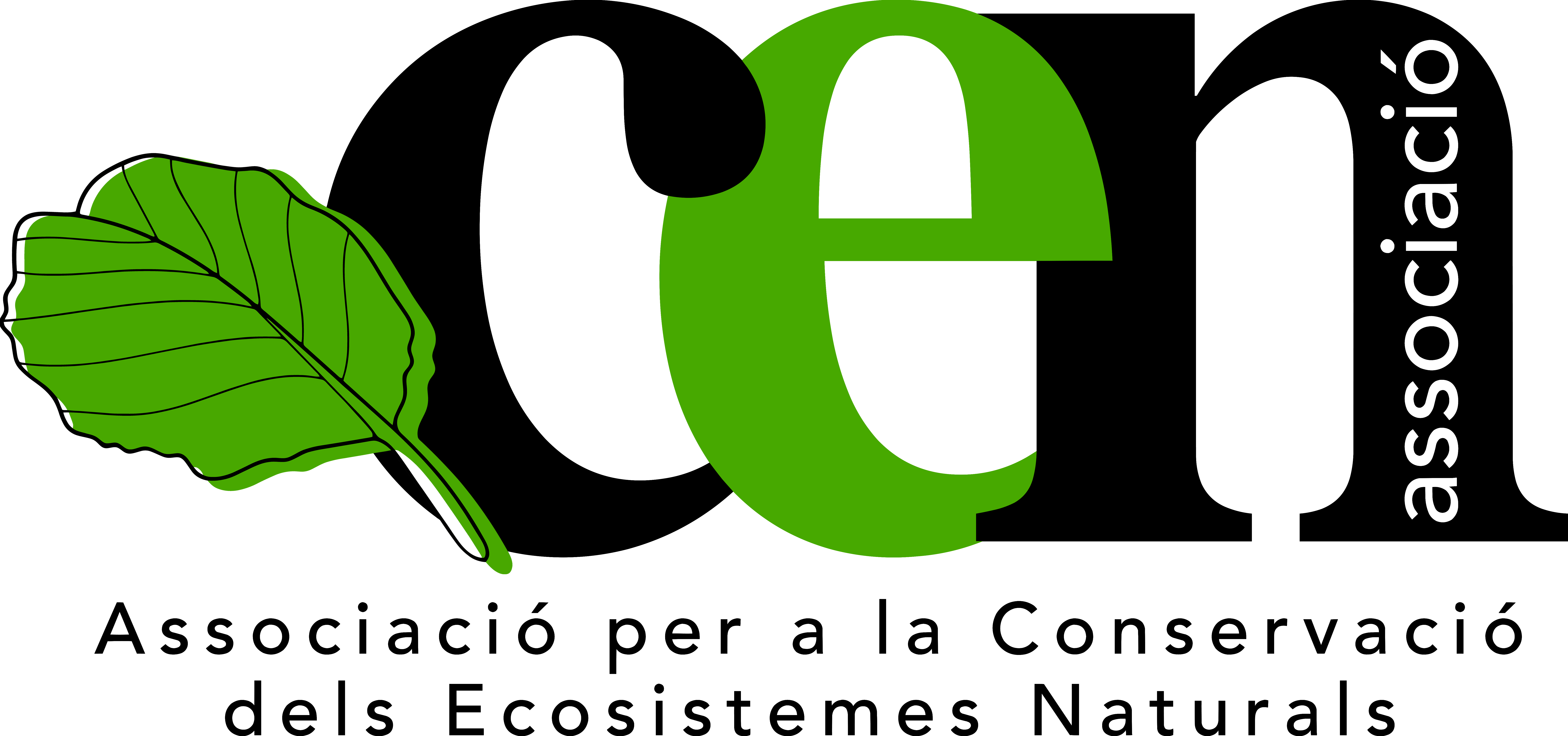Sin categoría
Profits When Compared With 2017–18
Total profits amounted to $332.2 billion in 2018–19, up $21.0 billion, or 6.7 percent, from 2017–18. The after table compares revenues for 2018–19 to 2017–18.
- Individual tax revenues increased by $billion in 2018–19, or %, driven by high work and a very good labour market.
- Business tax profits increased by $billion, or %, showing development in business profits in many different sectors including finance, manufacturing and trade that is wholesale.
- Non-resident income tax profits are compensated by non-residents on Canadian-sourced earnings. These profits increased by $billion, or percent, largely showing development in business profits and dividends.
- Other fees and duties increased by $billion, or %. GST profits grew by $billion in 2018–19, or percent, showing development in retail product product sales. Power fees grew by $billion, or %, primarily as a result of greater aviation gas consumption in 2018–Customs import duties increased by $billion, or percent, mostly as a result of application of metal and aluminum retaliatory tariffs. Excluding the retaliatory tariffs, traditions import duties grew by percent. Other excise fees and duties had been up $billion, or percent, driven mainly by a rise in tobacco excise duties.
- EI premium profits increased by $billion, or percent. This is because of a rise in insurable profits plus in the premium price for 2018.
- Other profits increased by $billion, or %, mainly showing an increase in interest and charges profits and a larger return on opportunities, both mainly because of higher interest levels.
The income ratio—revenues as being a percentage of GDP—compares the sum total of most revenues that are federal how big is the economy. This ratio is impacted by alterations in statutory income tax prices and also by financial developments. The ratio endured at 15.0 percent in 2018–19 (up from 14.5 percent in 2017–18). This enhance mainly reflects development in individual and income that is corporate profits as well as other fees and duties.
Income Ratio
revenues being a percent of GDP
Federal expenses could be broken on to three primary groups: transfer payments, which account fully for approximately two-thirds of most federal investing, other costs and general general public financial obligation costs.
Transfer payments are categorized under four groups:
- Major transfers to individuals, which comprised percent of total costs (down from percent in 2017–18). This category is comprised of elderly, EI and children’s advantages.
- Major transfers to many other amounts of government—which are the Canada wellness Transfer, the Canada Social Transfer, house care and health that is mental, financial arrangements (Equalization, transfers towards the regions, a wide range of smaller transfer programs additionally the Quebec Abatement), and petrol Tax Fund transfers—made up 21.9 % of total costs in 2018–19 (up from percent in 2017–18).
- Gas fee profits came back, consisting of re re payments underneath the brand brand new carbon that is federal prices system, made per cent of costs.
- Other transfer re payments, such as transfers to Aboriginal peoples, assist with farmers, pupils and companies, support for research and development, and worldwide support, made per cent of costs (up from per cent in 2017–18).
Other program that is direct, which represent the working expenses associated with Government’s 130 divisions, agencies, and consolidated Crown corporations along with other entities, taken into account 28.4 percent of total costs in 2018–19 (down from 29.3 percent in 2017–18).
General general general Public financial obligation fees made up the remaining 6.7 percent of total costs in 2018–19 (up somewhat from 2017–18).
Structure of costs for 2018–19
Pricing Carbon Pollution While Delivering Climate Action Incentive Re Payments
The federal carbon air air air pollution rates system consists of a gas fee plus an output-based rates system. All direct arises from the federal gas cost are gone back to your jurisdiction of beginning. In Ontario, brand new Brunswick, Manitoba and Saskatchewan, the majority of proceeds are came back through Climate Action Incentive repayments. Qualified people surviving in these provinces can claim the re payments through their income that is personal tax. Lots of people have actually claimed the Climate Action Incentive re re payment prior to the gas cost came into influence on April 1, 2019 by filing their taxation statements ahead of the end associated with the fiscal 12 months (March 31, 2019). These re re payments, totalling $0.7 billion, are expensed into the 2018–19 year that is fiscal. The matching profits is likely to be gathered into the 2019-20 financial 12 months, offsetting this cost.
